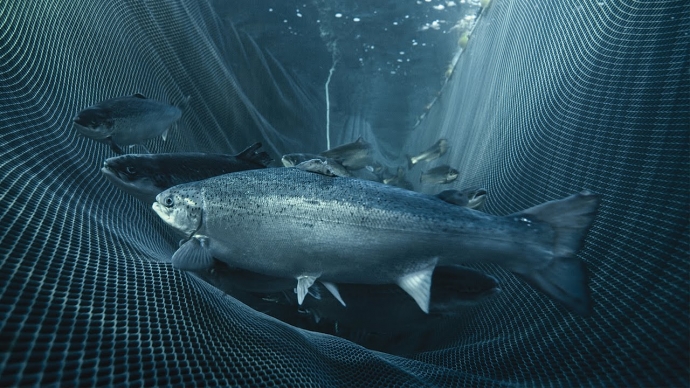Ocean acidification is one of terms that invites you to picture an apocalyptic horror show, with the ocean turning into a boiling cauldron of acid while fish and corals dissolve with an accusing hiss. But it’s a misnomer, just for starters. The oceans are slightly basic, not acidic, and what’s happening is they are slowly become more neutral. Moreover, if the slight increase in today’s atmospheric carbon dioxide levels will be fatal to living creatures in the oceans, how did they survive for hundreds of millions of years when atmospheric CO2 levels were five to 20 times higher than today? Apparently by, of all things, being adaptable. Experts at the University of Texas at Austin were studying groundwater discharge in a region of the Philippines famous for marine biodiversity and to their surprise found underwater CO2 vents connected to nearby undersea volcanic activity were raising ocean CO2 level to double, triple and even 100 times the normal level or higher, yet marine life, including corals, was thriving. As the lead author notes, “These high CO2 environments that are actually close to thriving reefs, how does it work?” How indeed. Has evolution created adaptable organisms? Why weren’t we told?
The full study explains their research in detail, which involved following traces of radon 222 to detect where groundwater was ending up in the ocean. In the process they found themselves in an unexpected acidic bubble bath caused by the volcanic vents. Yet nearby were some of the most thriving underwater ecosystems anywhere.
The authors were looking at how increased groundwater discharge from rapid coastal development, carrying effluent from septic systems and other kinds of pollution, was potentially threatening the coral reefs. It sounds like a major threat that definitely deserves study. But the fact that they found evidence that the ocean seemed able to adapt and thrive to very high CO2 levels is also an important part of the picture that needs to be examined. As the lead author said, “Life is still thriving there, but perhaps not the kind that we are used to. They need to be studied.”
Ah, science. Questioning conventional wisdom and exploring alternatives. What a concept.



The Cambrian Explosion, where sea-life burst forth in its greatest diversity ever, took place at at time when atmospheric CO2 was at least 15 times its current level. It seems carbon-based life forms enjoy carbon-rich environments. Who'da thunk?
More (of the same) on this topic:
New Study: Coral Reefs Thrive Near Acidic Waters (pH ~6.0) Where Seafloor Vents Emit Up To 95,000 ppm CO2 https://notrickszone.com/2020/03/30/new-study-coral-reefs-thrive-near-acidic-waters-ph-6-0-where-seafloor-vents-emit-up-to-95000-ppm-co2/